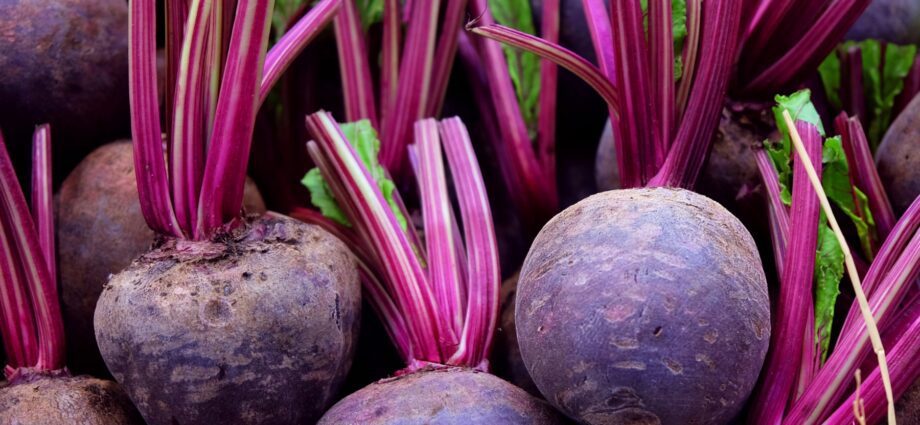Contents
What to plant after beets
Rotating where different vegetables are planted helps to get a richer harvest. Each crop, during maturation and growth, takes the elements it needs from the soil. After harvesting, the soil becomes scarce. If you grow vegetables in the same place year after year, you will stop getting a good harvest. That is why it is important to choose a planting site for crops, as well as plan in advance what will grow there after them. Knowing what to plant after beets will give you a bountiful harvest.
Why follow the rules of crop rotation
Beets are not very picky about soil and maintenance, so you might think that planting them in another area is not so important. But, despite its unpretentiousness to the soil, even beets will not be able to give a good harvest in the same place.
It is best to plant legumes after beets.
If you grow beets in one place, then the consequences may be as follows:
- Bad harvest. Due to the scarcity of soil, the size of the crop can be reduced. Fertilizers in this case will not save the situation.
- The appearance of pests and diseases. In addition to the fact that beets absorb the substances they need from the soil, they also leave diseases and pests there. Therefore, the following seedlings may suffer.
That is why it is so important to follow the rules of crop rotation.
Beets: what to plant after it next year
When choosing a planting site, refer to a list of crops suitable for planting after beets.
- Potato. Differs in unpretentiousness to the land and climate. Grows well after beets.
- Legumes. They restore the balance of microelements in the soil, and also give a good harvest after beets.
- Garlic. Also unpretentious to the soil. Plant on the light side of the plot.
- Tomatoes. They can also be grown after beets, but fertilize the ground before doing so.
- Eggplant. Soil after beets is great for eggplant.
But it is not recommended to plant carrots or greens after beets. Carrots and beets have the same soil requirements, so it is best not to plant them next to each other. You can plant cucumbers, spinach, cabbage or radishes on adjacent beet beds. They are good neighbors.
You can plan ahead where to plant certain vegetables. Thanks to this, next year it will be easier for you to remember where and what you planted, as well as choose other crops to plant in these places. The choice of crops that can be planted after beets is not so great. Therefore, think in advance about where and what you will sow.










